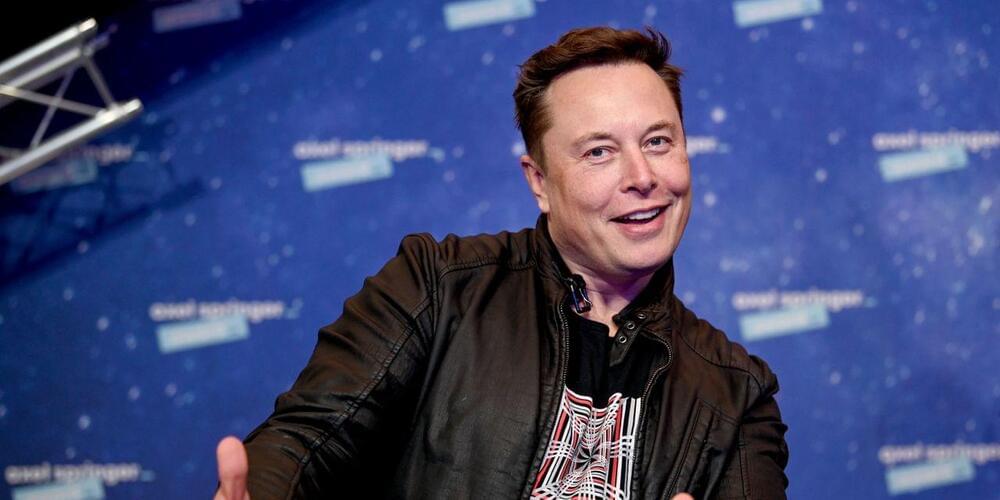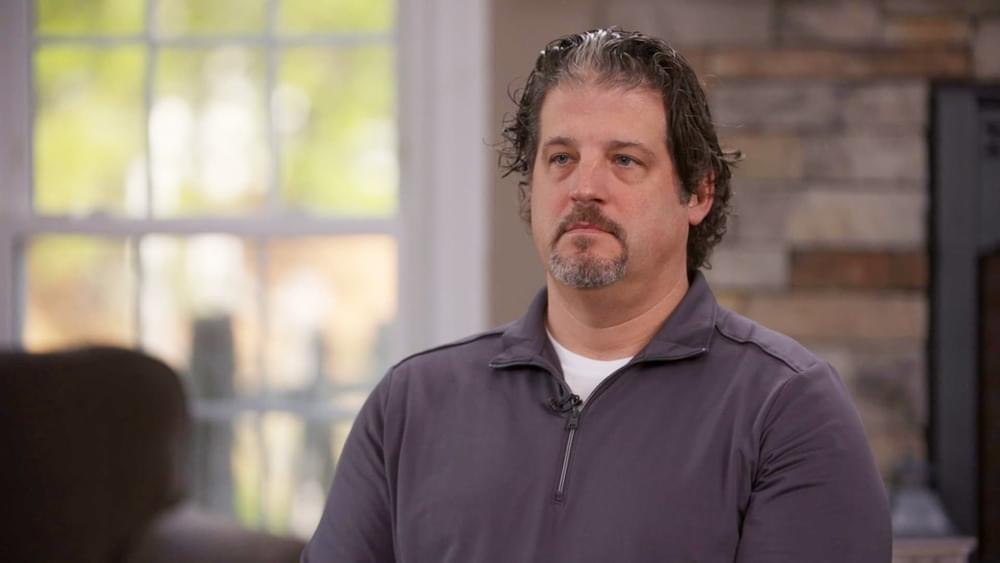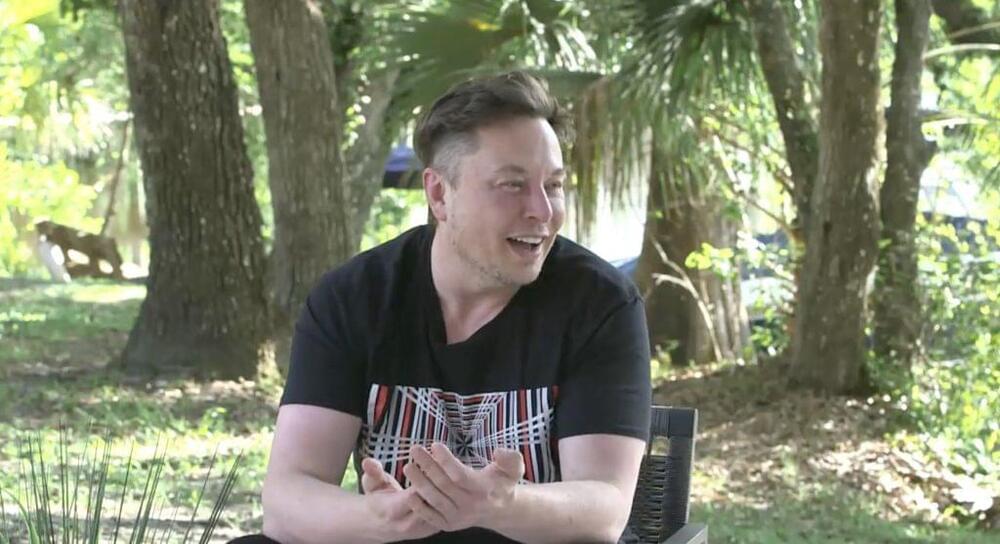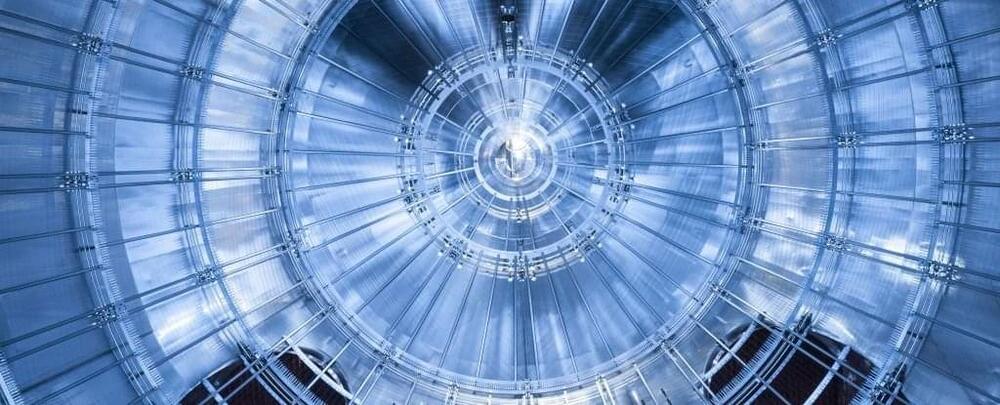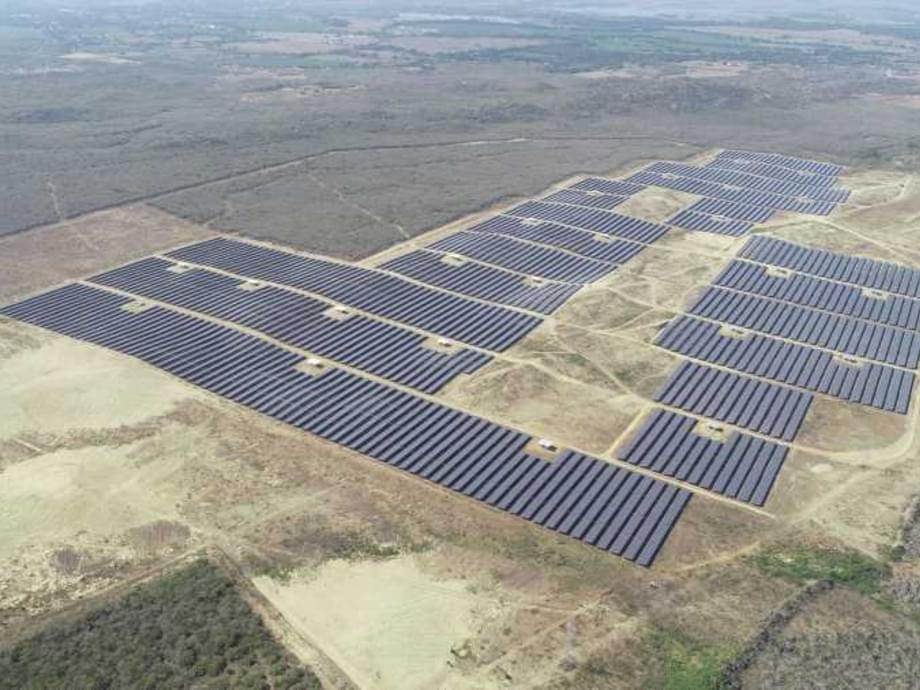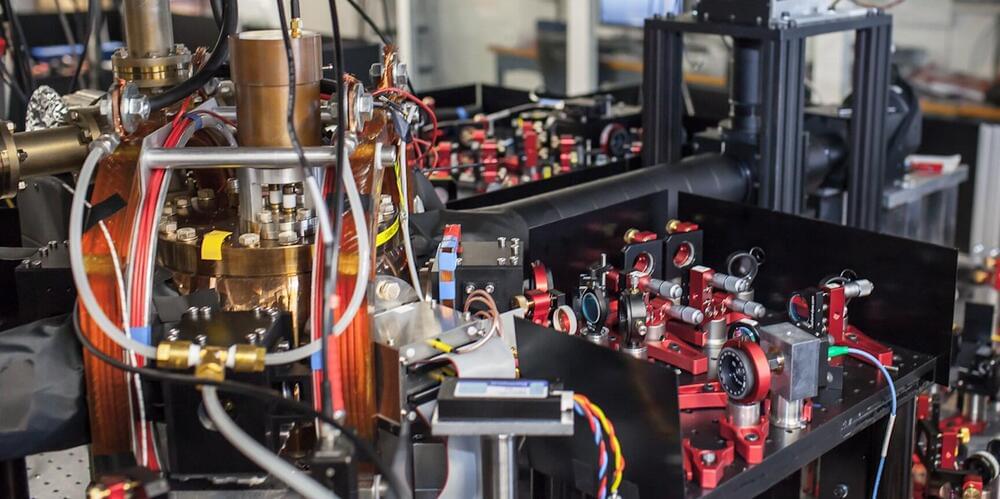Tesla Inc. Chief Executive Elon Musk donated more than 5 million Tesla shares in November, days after the U.N. World Food Program outlined a plan to potentially use a $6 billion donation from the world’s richest man.
A filing with the Securities and Exchange Commission made public Monday showed the donation, but not the recipient. The Tesla TSLA, +4.48% shares were transferred in batches between Nov. 19 and Nov. 29, as Musk was also selling Tesla stock in preparation for a large tax bill.
